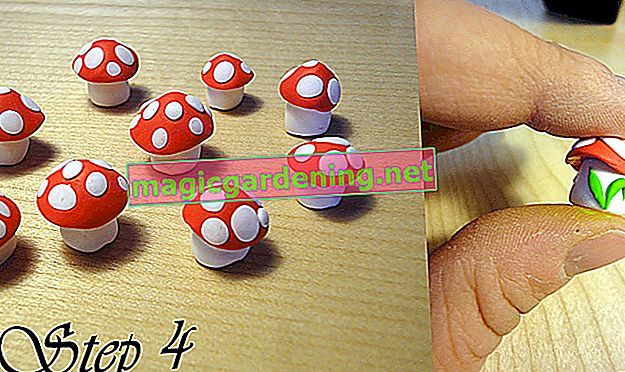
How are blood currants cut?
- Cut back immediately after flowering
- Shorten shoots only slightly
- Maintenance pruning in autumn or spring
- Removing diseased branches
- Remove water shoots
- Never cut into old wood
Cut immediately after flowering
The blood currant develops most of the flowers on biennial shoots. Cut these off and wait in vain for flowering in the coming spring. The shrub should therefore only be cut very carefully.
also read
- Plant blood currants in the garden
- Propagating blood currants: this is how it's done!
- Why is it when the currant does not bloom?
If you want to shorten shoots, the best time to do this is right after flowering in May. Be careful when cutting, as each cut tip of the shoot means the loss of flowers for the following year.
Carefully shorten the shoot tips
When shortening individual shoots, cut off a maximum of a third of the branch. An outward-facing eye should be located directly under the cut so that the blood currants sprout more quickly.
Cut dry twigs directly from the trunk. Be careful not to damage the old wood. You can safely shorten transverse shoots. Hardly any flowers develop on them. This gives the plant more air.
In addition to the main shoot of the currant, new, thin shoots, so-called water shoots, often grow out of the ground. You should remove these. They do not bloom and take unnecessary strength from the plant.
Never cut back red currants radically
A radical pruning would remove all of the next year's inflorescences. If your currant does not bloom, it may be because you cut away too many shoot tips in the previous year.
If you have to prune the plant because it has grown too big or out of shape, do this job either just before the frost starts or in early spring.
Bear in mind that cutting back the bush completely does not make sense to encourage the blood currants to flower.
Tips & Tricks
Red currants are very suitable for planting in flower hedges. They are undemanding and do not spread as much as other plants. Therefore, they do not necessarily have to be cut, which makes maintaining the hedge a lot easier.








